Not only have we been sharing more about Uganda with you, lately we have been sharing more about what we do. ROWAN has a lot of amazing programs, allowing almost anyone to get involved to help those in need! We thought we share a little more about how those interested can get involved.
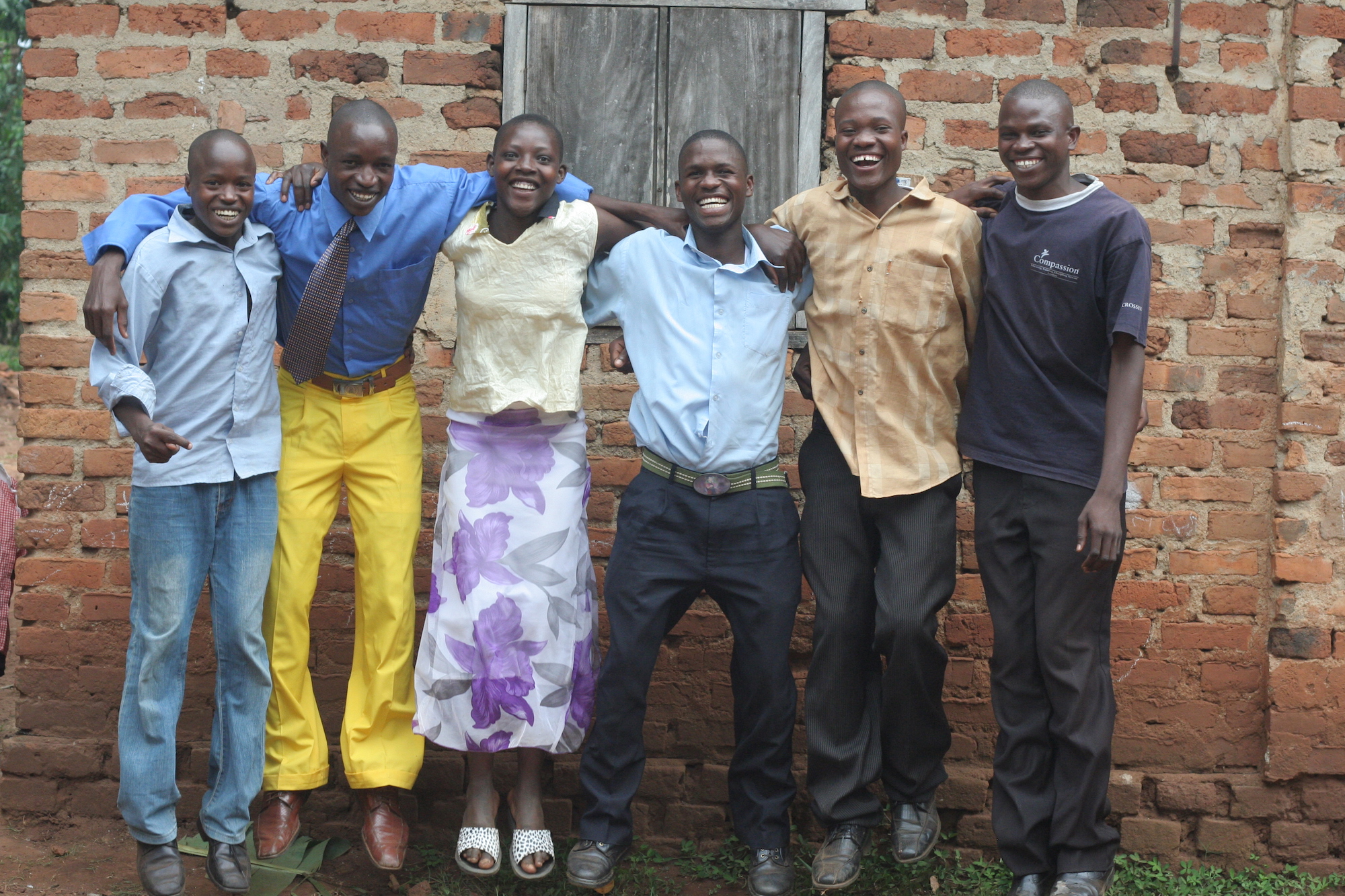
Why Education Matters
Simply put, education reduces poverty. Studies show that each year of schooling increases a person’s earnings by an average of about 10%. This is true worldwide. Illiteracy is Africa’s most virulent disease & because of that it’s the only region in the world where poverty has increased in the past 25 years. Even when children beat the odds & make it to school, there is an average of 40 students per teacher in rural communities.
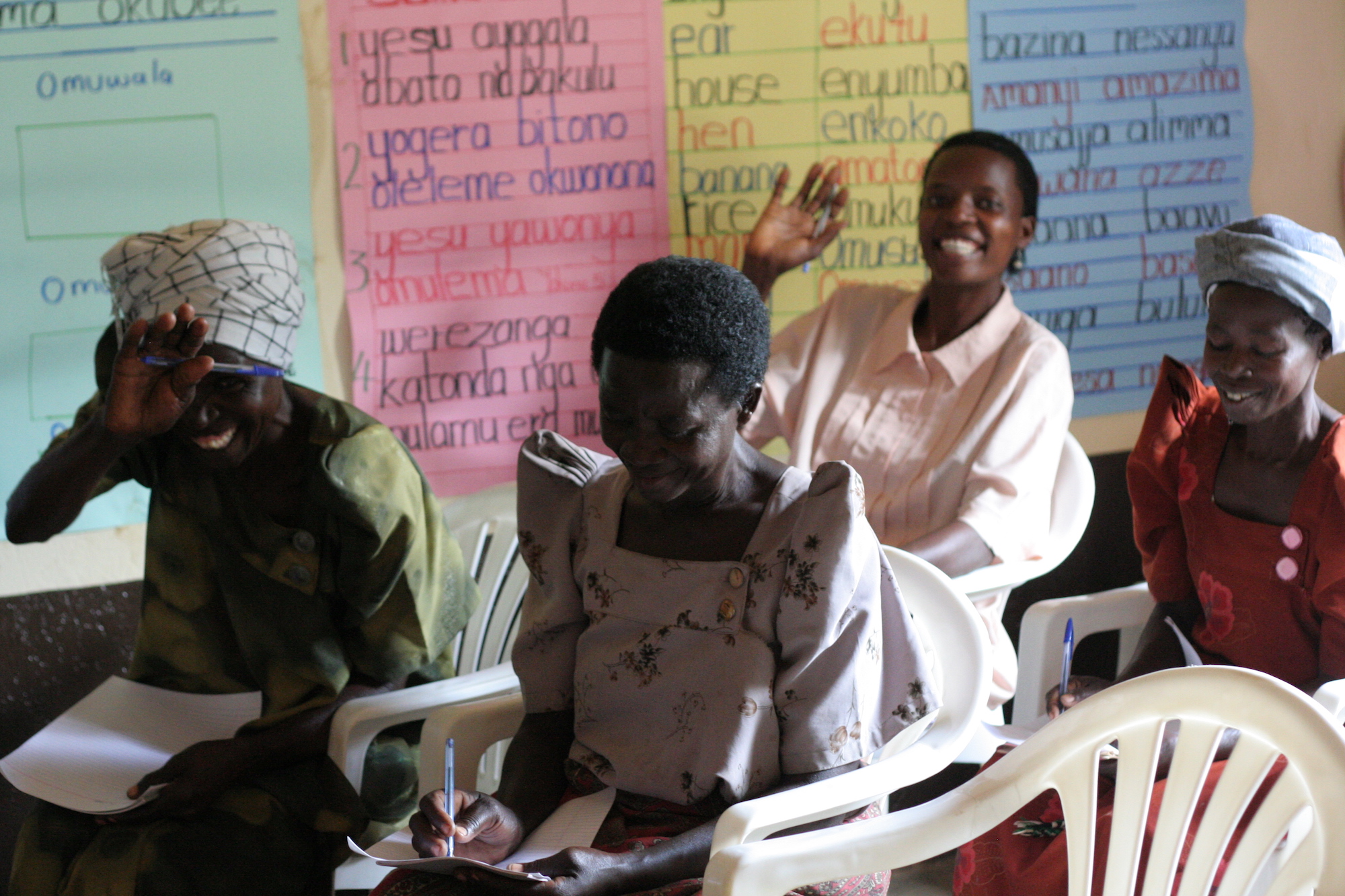
What Our Education Programs Provide
It’s a tall order to fight against the kind of odds above. Luckily we are up for the challenge. When you donate to our education & training programs you help us provide the following:
Orphans
1. Uniforms, books & exam fees for primary level (elementary age) children.
2. Scholarships for secondary students (high school age). This helps supplement the sponsorship funds for boarding school.
3. Special gifts for children as they graduate higher level education. Because they deserve it! 🙂
Widows & Widowers
Literacy training that empowers widows/widowers (who never had the chance to go to school) by teaching them to read, write & study the Bible independently. Edith learned math skills in literacy class, so she started selling gasoline. She is now the #1 stop for taxis & motorcycles in Mawanga!
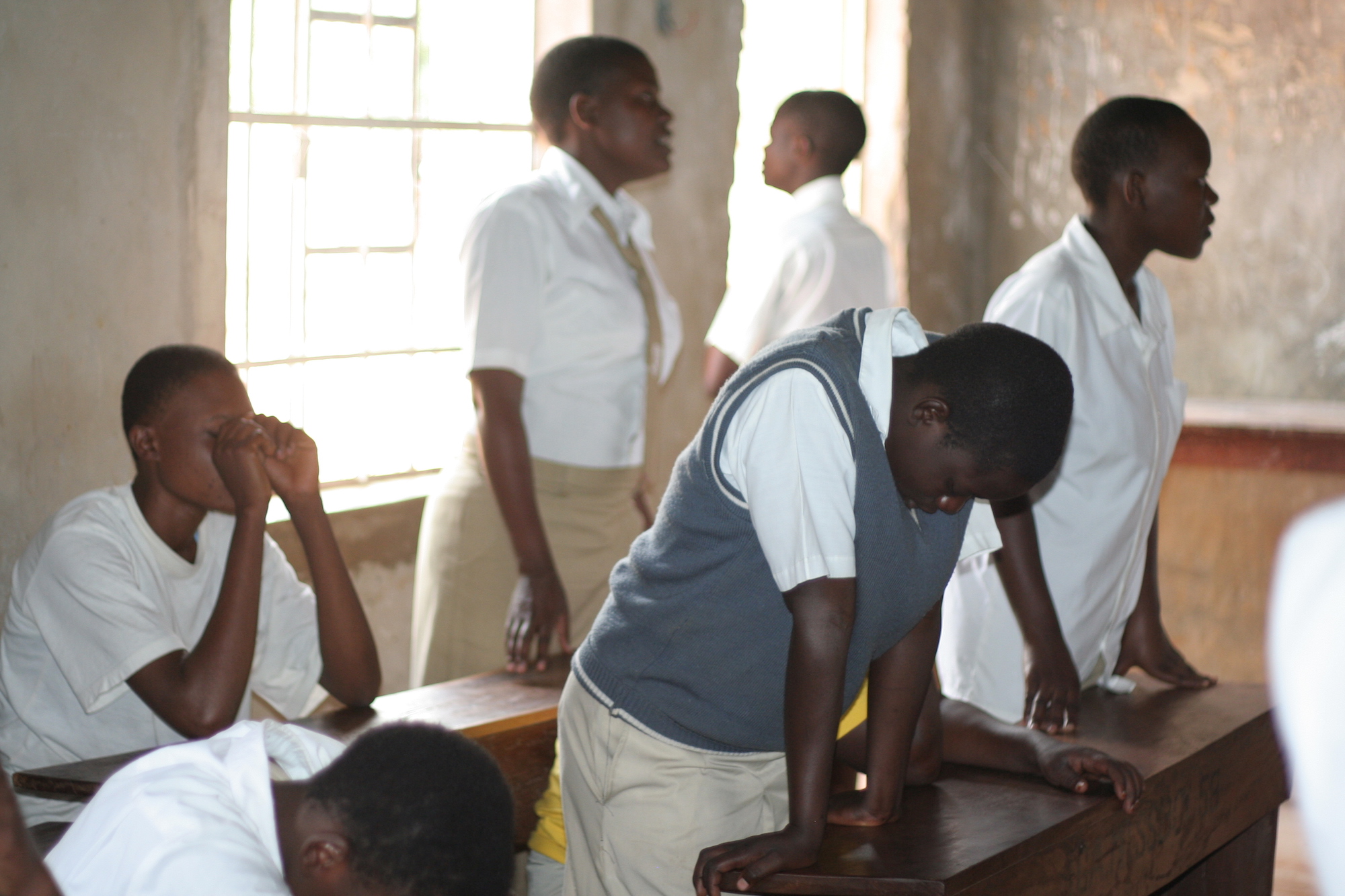
About School in Uganda
The education system in Uganda starts with primary education (7 years), followed by secondary education (4 years of lower & 2 of upper), then post-secondary education (3 to 5 years). In 1997 free primary education was made available for up to four children per family.
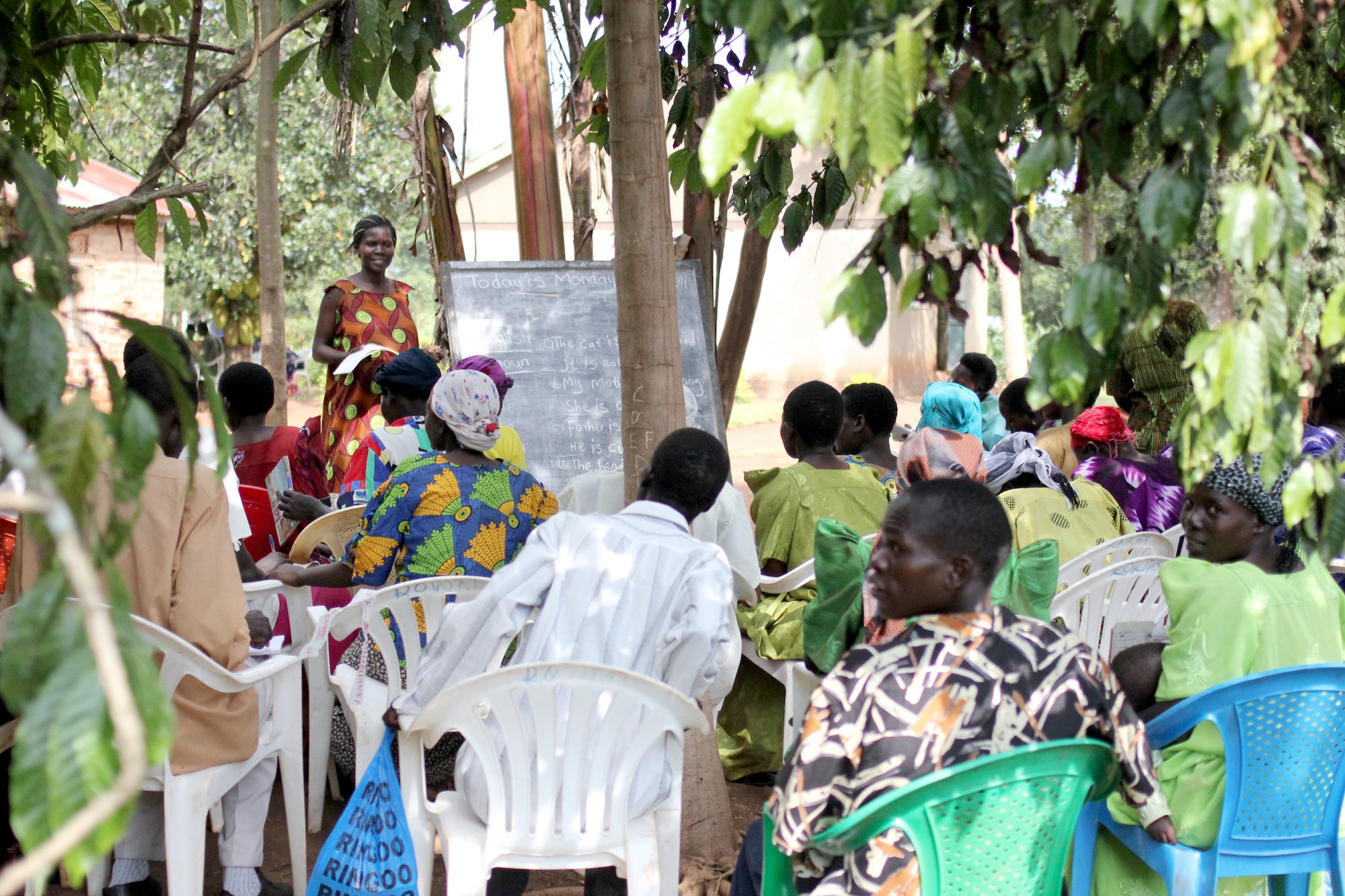
Quick Uganda Facts
– The incidence of AIDS decreases in villages that have primary schools.
-A child who quits attending school is 3x more likely to be HIV positive later in life than a child who completes basic education.
– The average ratio of students to teachers in Uganda is 50:1.
-Although 9,000 to 12,000 students a year are qualified for higher education, only 25% of them are able to find room in the limited number of institutions.
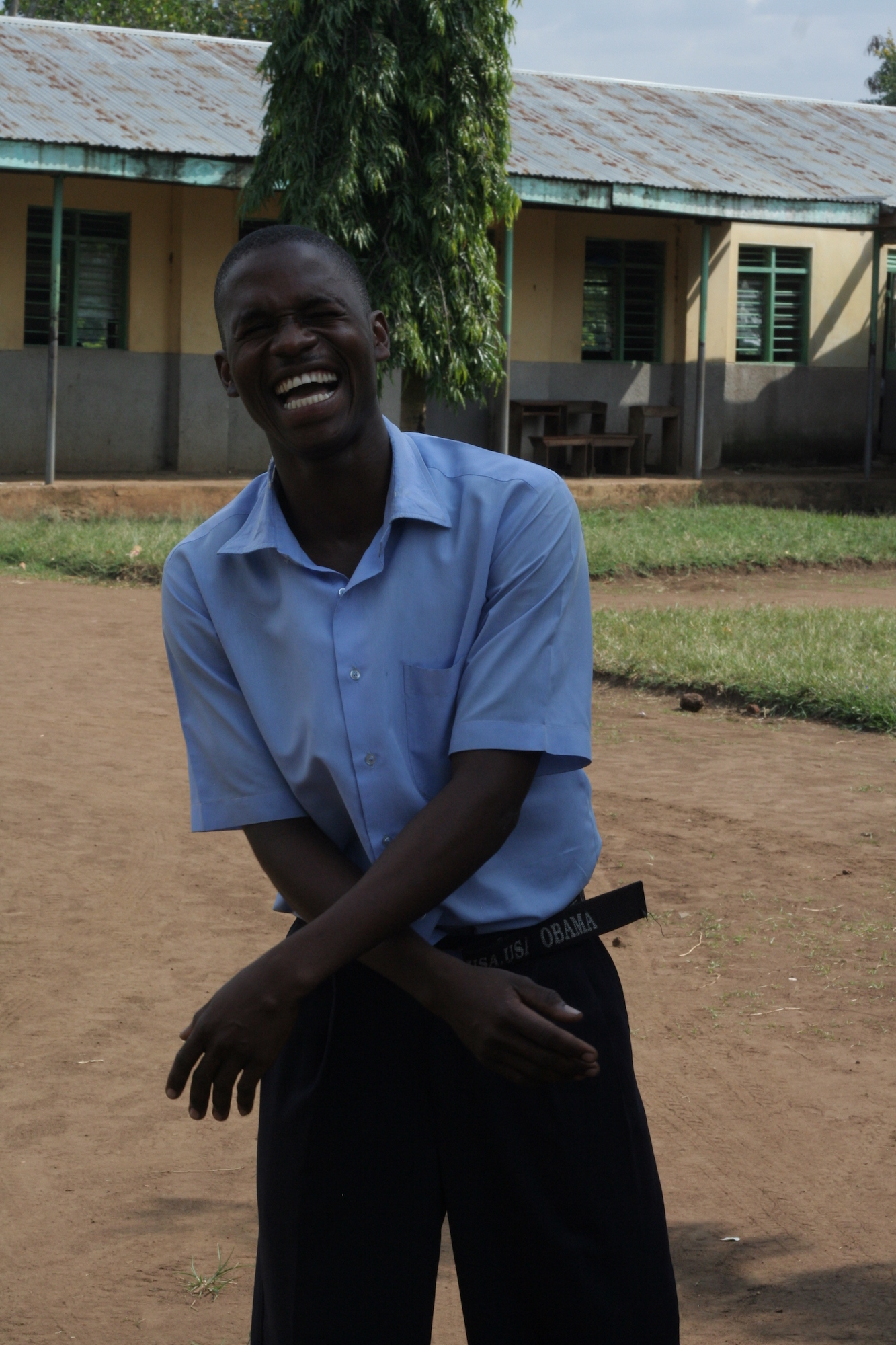
How You Can Help
Our Education & training programs are a constant. Educating people who need it will always be a challenge. Anything you can spare is beautiful to us, whether it’s a few dollars or a new school!






